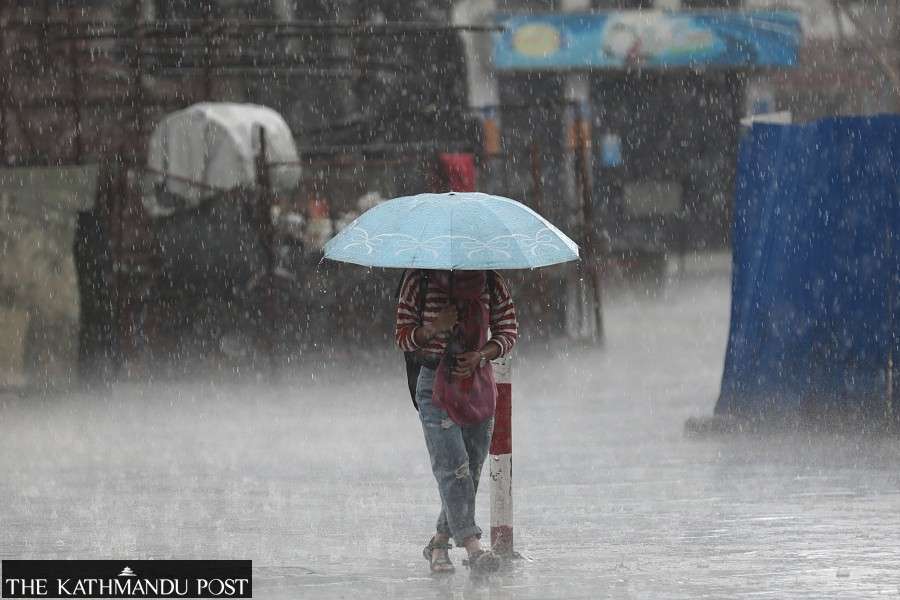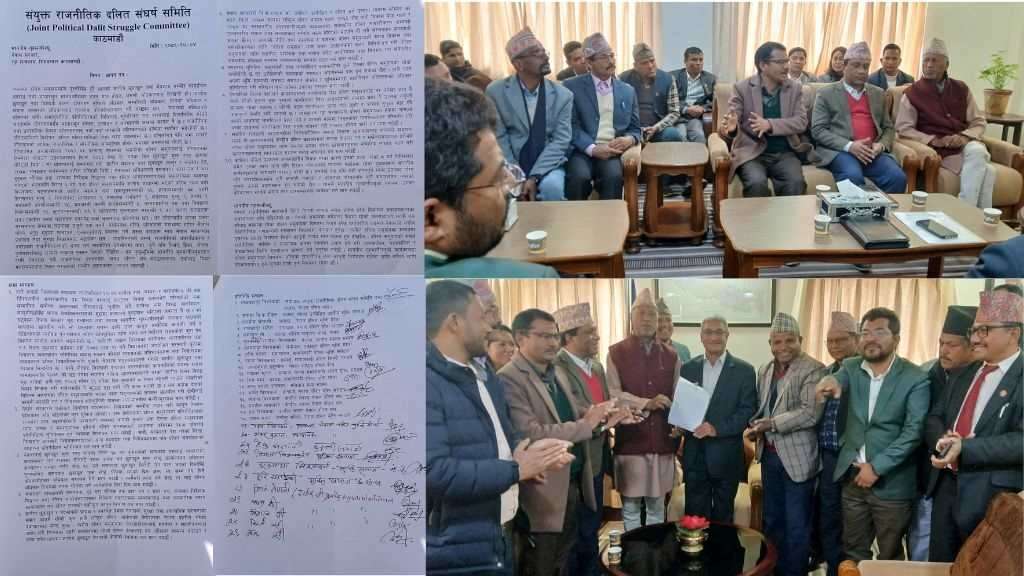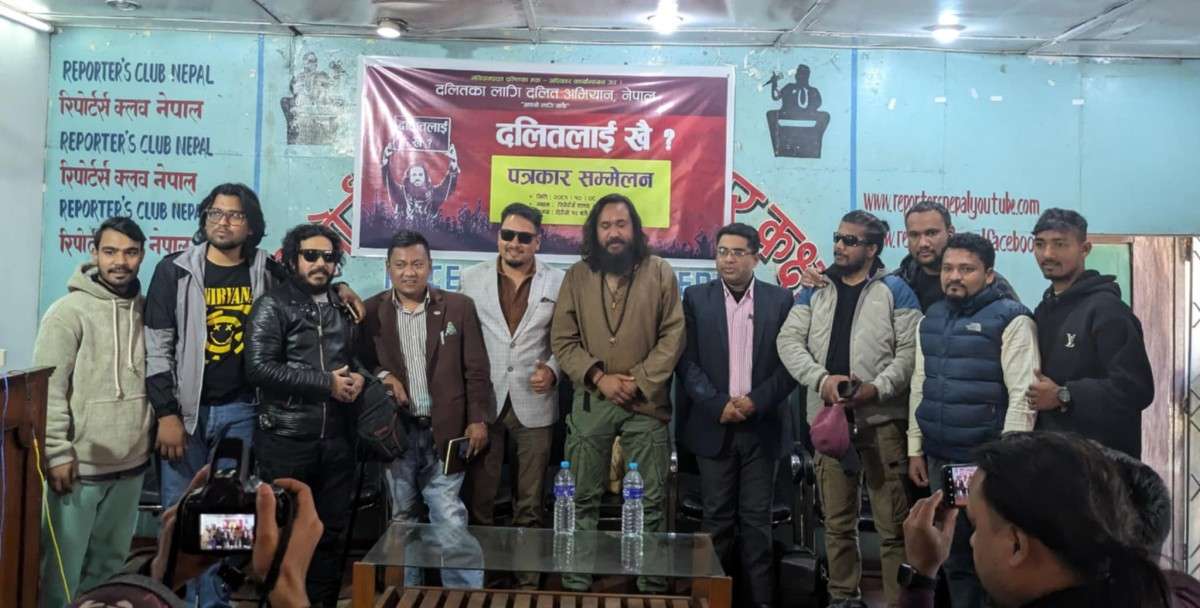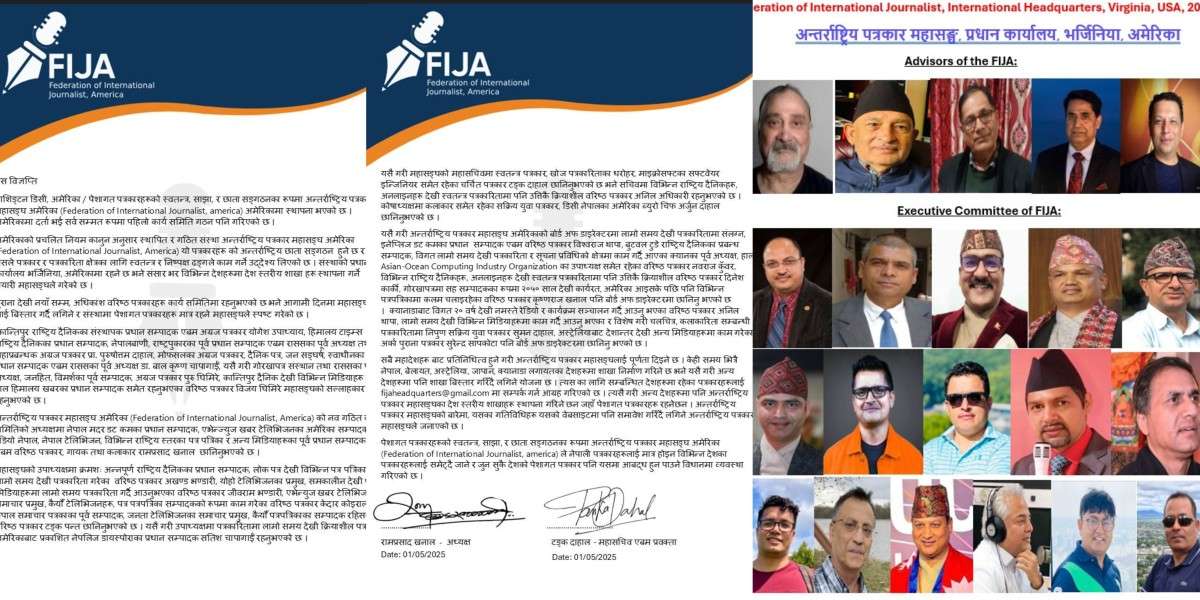Rainfall data remains scarce due to fewer gauging stations
- Dignity Post
- 14-05-2023 07:04

Rainfall data remains scarce due to fewer gauging stations
On Sunday evening, the water level in the Bishnumati River and its tributaries exceeded the danger mark, probably for the first time in the last several years. A 13-year-old boy, who was swept away in the Samakhusi area, is still reported to be missing.
The flood water from the river breached embankments and inundated several roads, roadside shops and settlements.
Locals in the Balaju area said the rainfall, which occurred in a short span of time, was way too intense and scary.
“We have to increase the number of weather monitoring stations for accurate and real-time weather data,” said Dr Indira Kandel, a senior divisional meteorologist at the Climate Analysis Section under the Department of Hydrology and Meteorology. “Along with improving our weather monitoring system, the other concerned authorities must also keep in mind the changing weather patterns while doing infrastructure developments—constructing embankments, roads, drainage and sewage systems.”
Nepal is one of the countries most vulnerable to the climate crisis and has witnessed extreme weather events over the past decade and a half. Extreme weather events—excessive rainfall in a short span of time, continuous rains for several days in the post-monsoon period, dry spells and drought, below-average precipitation and above-normal temperatures in winter—have become more frequent in Nepal in recent years.
reference : kathmandu post











Conversation